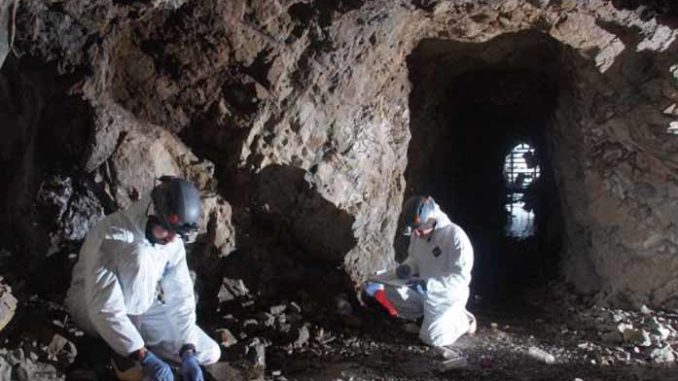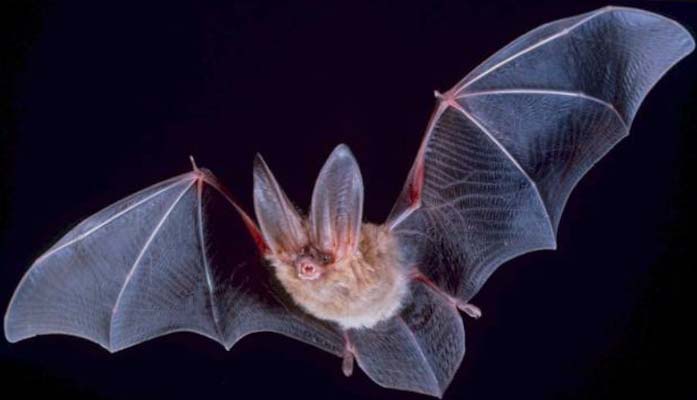
The Bureau of Land Management (BLM) has issued an interesting info-graphic of bats in abandoned mines, see the entire info-graphic here. There are many photos with explanatory text.
An excerpt:
Background:
The western United States is rich in mining history, with hundreds of thousands of abandoned mines dotting today’s landscape. Many of these mines date back to the 1800s when the discovery of gold, silver, and other ores drew fortune seekers and fueled westward expansion. Mining towns were seemingly built overnight and thrived while the mining boom persisted, but eventually the mines went bust, and the townsfolk moved on, leaving empty buildings and streets. The ghost towns aren’t all that remain today; the abandoned mines are equally strong reminders of the mining legacy, and some foster a new cycle of opportunity.

What makes a good bat roost:

Subterranean bats seek different types of habitat depending on time of year and life cycle. During the warm season when bats give birth to pups, bat colonies cluster together in hot, humid conditions to form maternity roosts. During the winter, bats in cold climates seek deep, dark areas of mines where they can hibernate until spring. Abandoned mines with complex internal workings provide diverse habitat options that offer year-round bat protection.
See also: Creatures of the Night: The Bats
Note to readers:
Index with links to all my ADI articles: http://wp.me/P3SUNp-1pi
Visit my blog at: https://wryheat.wordpress.com/
My comprehensive 30-page essay on climate change: http://wp.me/P3SUNp-1bq
A shorter ADI version is at https://arizonadailyindependent.com/2013/08/01/climate-change-in-perspective/
